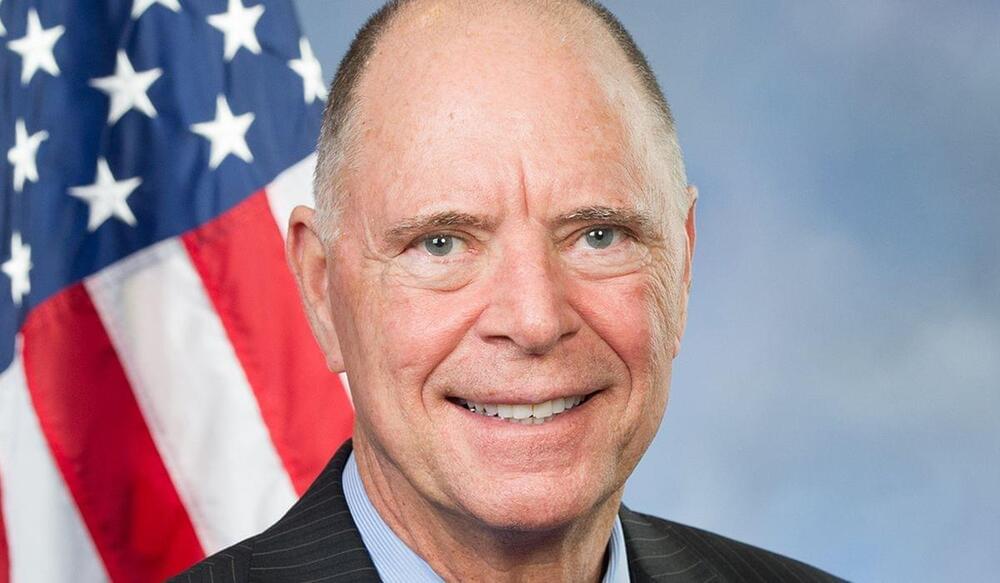The semiconductor industry warned that there won’t be enough engineers, computer scientists and technicians in the US to support a rapid expansion this decade, threatening efforts to boost the domestic chip economy.



A high-stakes battle is unfolding between major tech giants to create dominant “everything apps” that combine digital identity, messaging, payments, and AI services. The winner of this contest could gain unrivalled data to power their AI platforms and to shape the future of society.
There is the promise of implementing a universal basic income (UBI) via these super apps as a mechanism to mitigate the downside risks of technological disruption in an era of accelerating automation and the rise of artificial general intelligence. Whether the promises will be delivered, lead to more equality, be decentralized enough to distribute power to all of humanity, or be available in time before the automation disruption will be, at the very least, interesting to monitor.
The main contenders in this race are:
Dr. Michael Roberts, Ph.D. is Chief Science Officer of the International Space Station National Laboratory (https://www.issnationallab.org/), and Vice President at the Center for the Advancement of Science in Space (CASIS — https://www.issnationallab.org/about/center-for-the-advancem…dership/), which as manager of the ISS National Laboratory in partnership with NASA, is responsible to the nation for enabling access to the International Space Station for research, technology development, STEM education, and commercial innovation in space as a public service to foster a scalable and sustainable low Earth orbit economy.
Before joining CASIS in 2013, Dr. Roberts worked as a microbial ecologist, principal investigator, and research group lead in the NASA Advanced Life Support program at the Kennedy Space Center.
Prior to arriving at NASA-KSC in 1999, Dr. Roberts completed an undergraduate degree in biology at Maryville College, a doctorate in microbiology at Wesleyan University and post-doctoral research at the Center for Microbial Ecology at Michigan State University and the RIKEN Institute in Wako-shi, Japan.

The United States remains the only nation to have landed humans on the Moon and returned them safely to Earth. It is among the greatest achievements in human history, and it has significantly contributed to America’s leadership on the world stage. As a young man I had the opportunity of working on the Apollo program as an inspector with McDonnell Douglas. It was an exciting experience, and I am both grateful and humbled to have been a part of it.
The success of the Apollo Missions led to other significant accomplishments like building reusable Space Shuttles to test the limits of human space flight, prolonged robotic exploration of Mars, deploying a space-based telescope that can see far beyond our solar system, and conducting scientific research on the International Space Station. In more recent years we’ve seen an explosion in commercial space activity which has culminated in private companies conducting successful human space launches. This too is a significant milestone.
Our investment in space is critical to our national security, scientific discovery, technological advancement, and economic competitiveness. So much of our modern-day life is dependent on space making a bank transaction, for example, or even a phone call, these days requires using some type of space-faring technology. And while NASA’s leadership of our space efforts will continue to be indispensable, the U.S. commercial space industry’s role in space exploration will grow larger and more critical. American companies must continue to lead the way.
The story of a young science-writer at Memorial Sloan-Kettering Cancer Center, who risked everything by blowing the whistle on a massive cover-up involving a promising cancer therapy.
Cover-Up Of Promising Cancer Treatment (2014)
Director: Eric Merola.
Writers: Eric Merola.
Stars: Robert Good, Ben Moss, Martha Moss.
Genre: Documentary, Biography, Drama.
Country: United States.
Language: English.
Also Known As: Second Opinion — The Lie of America’s War on Cancer.
Release Date: March 1, 2014 (United States)
Reviews:
“This movie hits home since my dad died of cancer when I was 13 and it upsets me tremendously to think that our overall health care system has been corrupted due to the profit system. The Hippocratic oath seems to be more focused on maintaining the status quo of profit versus curing medical problems.
The Movie: An insider’s account from the 70’s at a well known NYC cancer research hospital exposing the truth (using the hospital’s own records) behind how the profit system has corrupted the search for finding a “cure” for cancer. A promising treatment was swept under the rug and the scientist who found it (co-founder of chemotherapy) was forced to lie about his treatment. The treatment was not the “cure”, but it worked remarkably well and very cheap. The problem was it was “very cheap”. Even though the movie is centered around 1 character and it’s almost entirely a narrative, the topic and the evidence is so damning, it’s exciting. It’s a knock-out punch guilty as charged for the hospital. Definitely recommended to all.“
- written by “ben-98–143433″ on IMDb.com.
MORE DOCS!
► Gold: https://bit.ly/2IRZ0OA
► World Economy: https://bit.ly/36QlhEM
► All Playlists: https://bit.ly/3lOiCll.
#cancer #cancertreatment #documentary.

Here’s my new Opinion essay at Newsweek. It’s about the need to use our nation’s massive natural resources to pay for a bipartisan tax free universal basic income, called the Federal Land Dividend. I hope you will read and share it!
In 2018, I began lecturing about the Federal Land Dividend, a bipartisan tax-free Universal Basic Income (UBI) based on monetizing the 640 million acres of mostly unused federally owned land. Due to the lasting effects of the coronavirus pandemic, which include a struggling U.S. economy, there is increasing interest in implementing basic income plans. The Federal Land Dividend is the only method that is both bipartisan and tax free.
An estimated 50 percent of the 11 most western states are mostly empty land that belong to the government. Estimates say this land and its resources are worth approximately $100 to $200 trillion. If we divide the middle— $150 trillion —by America’s population of 333 million, every person would have approximately $450,000 in equity. That’s much higher than the median net worth in America of $122,000.
The Federal Land Dividend aims to lease out land and natural resources to big business that agree, in exchange, to pay a monthly income to all Americans. It’s estimated that if just 60 percent of America’s unused federal land was leased out at fair rates, a $1,000 monthly check could be sent to all Americans—regardless of age—for decades if not centuries. Because land and raw materials often move in tandem with inflation, payouts could increase with inflation. Furthermore, this plan does not touch any national parks whatsoever. Much of this land is in places that few humans ever visit or see.
Some conservatives support the Federal Land Dividend idea because it will boost big business while providing an economic stimulus to all Americans. Some liberals also support the idea because it will dramatically help end poverty. Even some libertarians like the idea because it returns the value of federal land to the people, instead of the government hoarding and controlling it.

ChatGPT decreased the time it took workers to complete certain writing tasks by 40 percent and increased output quality by 18 percent.
A new MIT study has found that access to the assistive chatbot ChatGPT decreased the time it took workers to complete certain writing tasks by 40 percent and increased output quality by 18 percent.
This is according to a press release by the institution published on Friday.
“What we can say for sure is generative AI is going to have a big effect on white collar work,” said Shakked Noy, a PhD student in MIT’s Department of Economics, who co-authored the paper with fellow PhD student Whitney Zhang ’21.

Japanese scientists have discovered a compound, ethylammonium lead iodide, which can store and release ammonia safely and efficiently. This finding holds potential for ammonia’s role as a carbon-free hydrogen carrier, contributing to the transition towards a decarbonized society.
Researchers at the RIKEN Center for Emergent Matter Science (CEMS) in Japan have discovered a compound that uses a chemical reaction to store ammonia, potentially offering a safer and easier way to store this important chemical. This discovery, published in the Journal of the American Chemical Society on July 10, makes it possible not only to safely and conveniently store ammonia, but also the important hydrogen is carries. This finding should help lead the way to a decarbonized society with a practical hydrogen economy.
For society to make the switch from carbon-based to hydrogen-based energy, we need a safe way to store and transport hydrogen, which by itself is highly combustible. One way to do this is to store it as part of another molecule and extract it as needed. Ammonia, chemically written as NH3, makes a good hydrogen carrier because three hydrogen atoms are packed into each molecule, with almost 20% of ammonia being hydrogen by weight.

Entrepreneur and venture capitalist Marc Andreessen is among the many people speaking out about the opportunities and risks of artificial intelligence and the growth of ChatGPT. The comments from Andreessen come as valuations have risen for artificial intelligence stocks.
What Happened: Fresh off his report called “Why AI will save the world,” Andreessen shared more details on the opportunities for artificial intelligence during a recent podcast appearance.
Andreessen argued that AI could save the world, a bold claim that includes looking at the religion of sorts of the AI movement.
